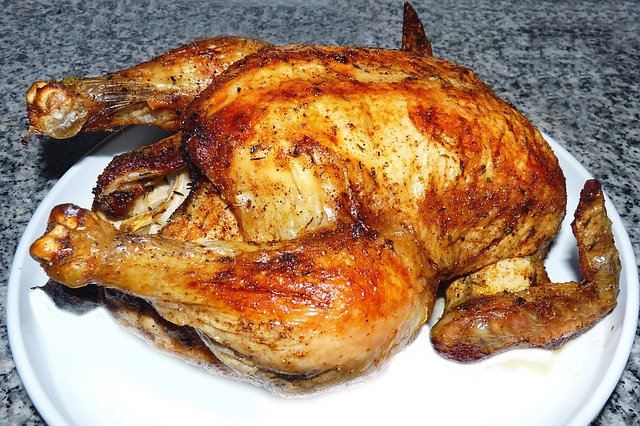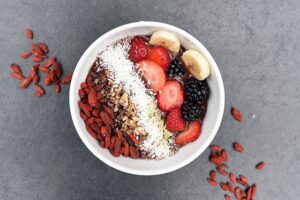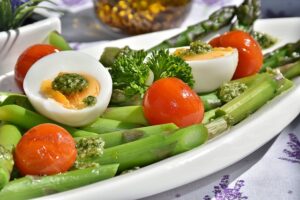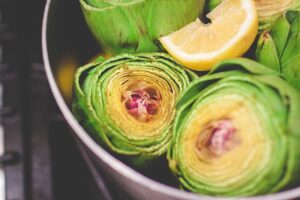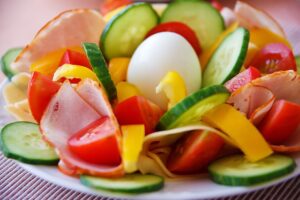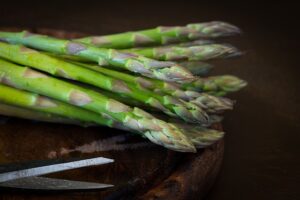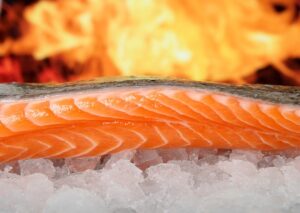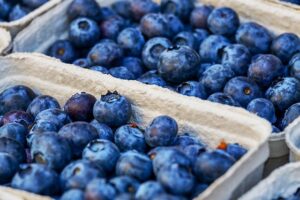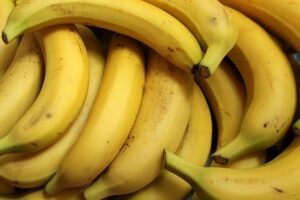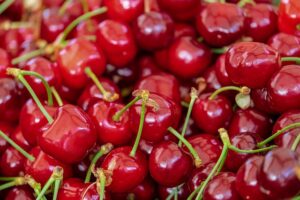Introduction
Cows are known for their ability to provide us with milk and meat, but have you ever wondered how they get their protein? Protein is an essential nutrient for all living organisms, including cows. In this article, we will dive deeper into the topic of how cows obtain protein and the sources that contribute to their protein intake.
The Role of Protein in Cows
Protein plays a vital role in the growth, development, and overall health of cows. It is necessary for the formation and repair of body tissues, the production of enzymes and hormones, and the transportation of nutrients and oxygen in their bodies. Without an adequate protein intake, cows may experience stunted growth, decreased milk production, and weakened immune systems.
Primary Sources of Protein for Cows
Forage: The primary source of protein for cows comes from forage, which includes grasses, legumes, and other plants that they graze on. These plants contain varying amounts of protein, with legumes such as clover and alfalfa being particularly rich in this nutrient. Cows have a unique digestive system that allows them to break down the fibrous components of forage and extract the protein it contains.
Supplemental Feeds: In addition to forage, cows may also receive supplemental feeds to meet their protein requirements. These feeds can include grains, oilseeds, and protein-rich byproducts from industries such as soybean processing. These supplemental feeds are often formulated to provide a balanced diet that meets the specific nutritional needs of the cows.
The Digestive Process in Cows
To understand how cows obtain protein from their diet, it’s important to have a basic understanding of their digestive process. Cows are ruminant animals, meaning they have a four-compartment stomach that allows them to efficiently digest plant material.
Rumen: The first compartment of a cow’s stomach is the rumen, which acts as a fermentation vat. In the rumen, bacteria and other microorganisms break down the fibrous components of the forage the cow has consumed. These microorganisms produce enzymes that help break down the plant material and release the protein it contains.
Reticulum, Omasum, and Abomasum: After the rumen, the partially digested food moves to the reticulum, omasum, and finally to the abomasum, which is similar to the stomach of monogastric animals like humans. In the abomasum, the protein is further broken down by the cow’s own digestive enzymes, allowing for its absorption and utilization by the cow’s body.
Protein Utilization in Cows
Once the protein is broken down and absorbed, it is utilized by the cow’s body for various functions. Some of the protein is used for tissue growth and repair, while some is used for the production of milk proteins. The efficiency of protein utilization in cows can vary depending on factors such as the quality of the protein source and the overall diet composition.
Conclusion
In conclusion, cows obtain protein primarily from forage, such as grasses and legumes, which they graze on. They also receive supplemental feeds to meet their protein requirements. The unique digestive system of cows allows them to efficiently extract protein from plant material through a process of fermentation and enzymatic breakdown. Protein is essential for the growth, development, and overall health of cows, and a balanced diet is crucial to ensure their protein needs are met.
References
– www.extension.umn.edu
– www.dairyherd.com
– www.beefmagazine.com

